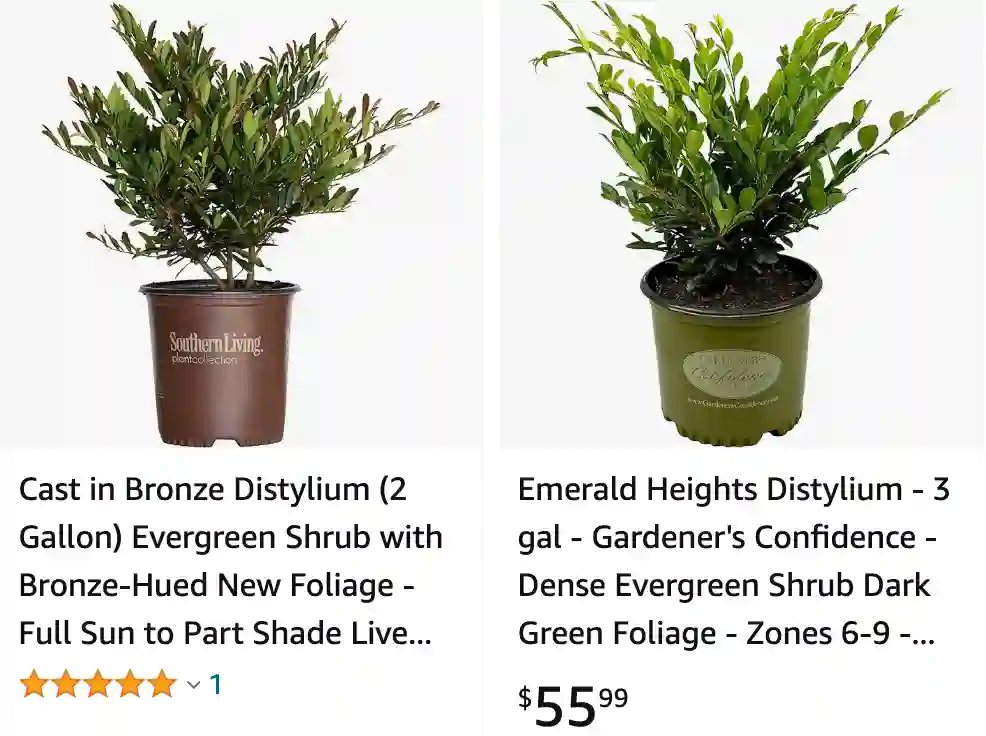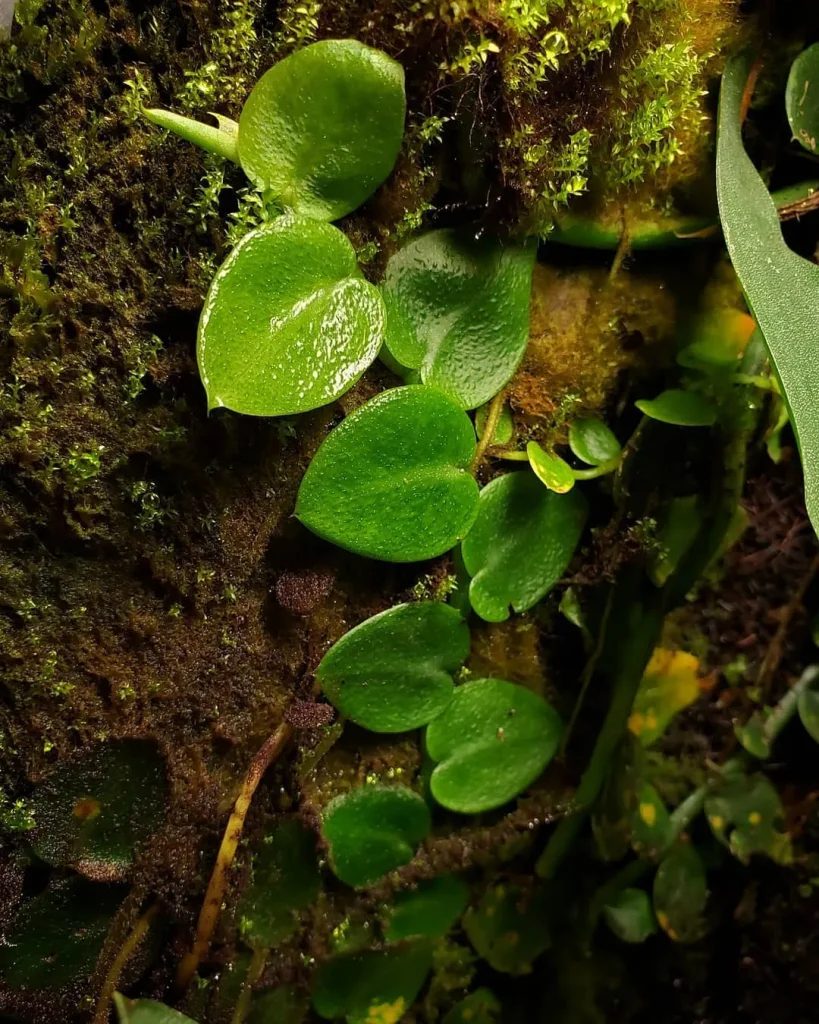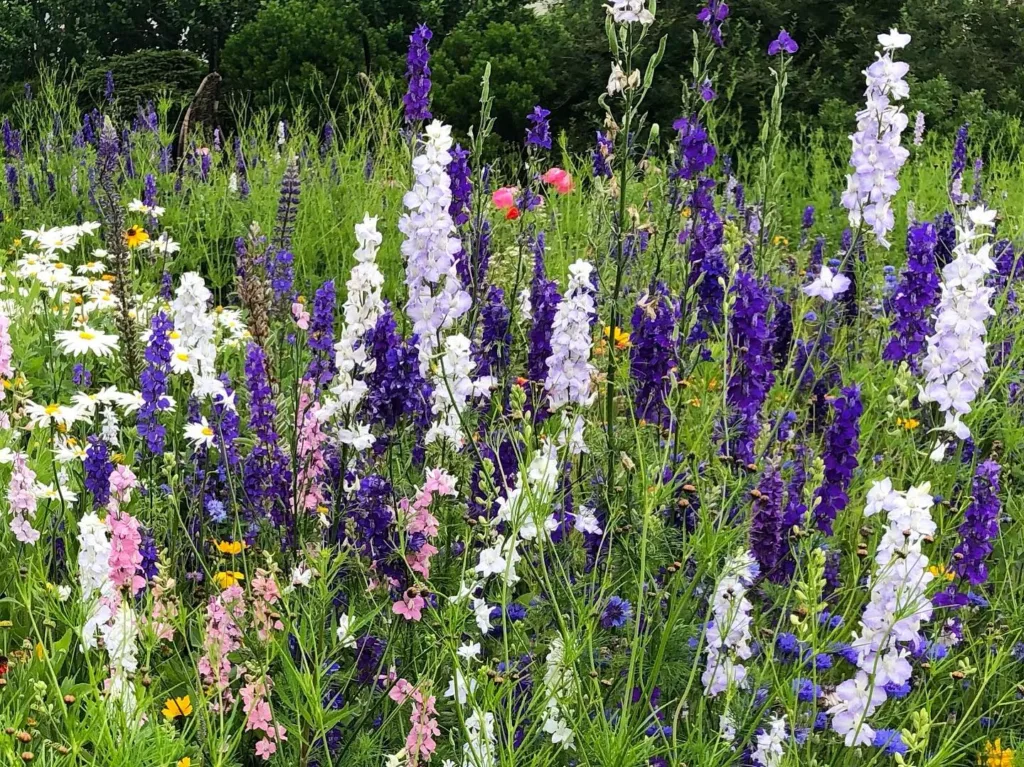
March 6 – Distylium
"Distylium, the evergreen shrub, defines March 6."
Distylium symbolizes endurance and resilience. You possess a quiet strength that stands the test of time. Like this hardy plant, you remain steady and unwavering through challenges, offering stability and calm to those around you. Your adaptability makes you a reliable presence in any situation.
Distylium: An Evergreen Gem
I’ve always been drawn to the quiet strength of evergreen plants. There’s a certain resilience about them, a steadfastness that I find admirable. Lately, I’ve become fascinated by a particular genus of evergreens called Distylium. These shrubs, part of the Hamamelidaceae family, are native to East and Southeast Asia, and they possess a unique blend of beauty and hardiness that makes them a standout in any garden.
Distylium, often called “winter hazel,” is a relatively small genus, comprising around 18 recognized species. They typically feature simple, leathery leaves with a glossy sheen, and their subtle blooms, while not showy, add a touch of delicate charm. What truly captivates me about Distylium, however, is its adaptability and low-maintenance nature. These plants are tough, tolerating a wide range of conditions, from drought to partial shade, and they rarely suffer from pests or diseases.
A Closer Look at Distylium Species
While all Distylium species share a certain familial resemblance, each has its own distinct characteristics. Here are:
- Distylium annamicum (Gagnep.) Airy Shaw
- Distylium buxifolium (Hance) Merr.
- Distylium chinense (Franch. ex Hemsl.) Diels
- Distylium chungii (F.P.Metcalf) W.C.Cheng
- Distylium cuspidatum H.T.Chang
- Distylium dunnianum H.Lév.
- Distylium elaeagnoides H.T.Chang
- Distylium gracile Nakai
- Distylium indicum Benth. ex C.B.Clarke
- Distylium lepidotum Nakai
- Distylium macrophyllum H.T.Chang
- Distylium myricoides Hemsl.
- Distylium pingpienense (Hu) E.Walker
- Distylium racemosum Siebold & Zucc.
- Distylium stellare Kuntze
- Distylium tsiangii Chun ex Walker
How to care for distylium?
Here’s the lowdown on caring for Distylium:
- Sun and Shade: Distylium is a flexible friend. They’ll do well in full sun for nice, bushy growth, but they can also tolerate some shade. So you’ve got options depending on your garden layout.
- Watering: Distylium is a champ when it comes to drought tolerance, especially once established. After planting, give it deep watering a couple of times a week to help it get settled in. But then, you won’t need to be too fussy with the watering can. Just keep an eye on it during dry spells and give it a drink if the soil feels bone dry.
- Soil: While Distylium adapts well, it prefers a moist, well-draining soil. If your soil is heavy clay, you might want to amend it with some compost or other organic matter to improve drainage.
- Feeding: Distylium isn’t a fussy feeder. A light application of slow-release fertilizer in early spring will give it a little boost, but it’s not essential to their happiness.
That’s the basic care routine! Distylium is a pretty easy-going plant, so you shouldn’t have to fuss with it too much. Just give it some sun or shade, well-drained soil, and an occasional drink, and it’ll reward you with lush, evergreen foliage for years to come.
How to prune distylium?
Distylium is a pretty low-maintenance shrub, so I haven’t had to do any major pruning on mine. But I did some light trimming last June to encourage bushier growth. Just snipped off a bit of the new growth at the tips. Easy peasy!
Is distylium poisonous to dogs?
This is a good one to check on, better safe than sorry. From what I’ve read, Distylium isn’t listed as toxic to dogs, but it’s always best to keep an eye on your furry friend around any plants. Maybe plant it somewhere they can’t reach it easily, just in case.
Do deer eat distylium?
Thankfully, deer seem to find Distylium unappetizing! That’s a win in my book, especially if you have deer wandering around your yard. Distylium might be a good option for a deer-resistant hedge.
Is distylium evergreen?
You bet! That’s one of the things I love about mine. Distylium keeps its glossy green leaves year-round, adding some nice winter interest to the garden.
When to prune distylium?
Light pruning can be done in June to encourage bushier growth, like I mentioned. But if you need to do any shaping, it’s best to wait until late winter or early spring before new growth starts. That way you can control the size and shape without stunting the new spring shoots.
Can you shape distylium?
Absolutely! Since it responds well to pruning, you can definitely shape your Distylium into a hedge or topiary. Just keep in mind the lighter pruning approach and avoid shearing it harshly.
Does distylium bloom?
Yes, Distylium does have small, inconspicuous flowers in late spring or early summer. They’re not super showy, but they do have a pleasant fragrance, which is a nice bonus.
How far apart to plant distylium?
When planting Distylium, check the specific variety you have. For hedging, they generally recommend spacing them 2-3 feet apart. But if you’re planting them as individual shrubs, you can space them further, like 4-5 feet apart, to allow room for them to mature.
How fast does distylium grow?
The growth rate of a distylium can vary depending on the specific variety and growing conditions. Some sources say that distylium, in general, grows at a slow rate, while others say it can have a moderate to fast growth rate.
- Linebacker Distylium: This popular variety is considered to have a moderate to fast growth rate. It can grow up to 12 inches per year under ideal conditions.
- Other Distylium varieties: Other varieties, like the Isu Tree (Distylium racemosum) may grow slower, at around 6-8 inches per year.
If you are considering planting a distylium, it is important to research the specific variety that you are interested in to learn about its expected growth rate.
If i die, water my plants!



